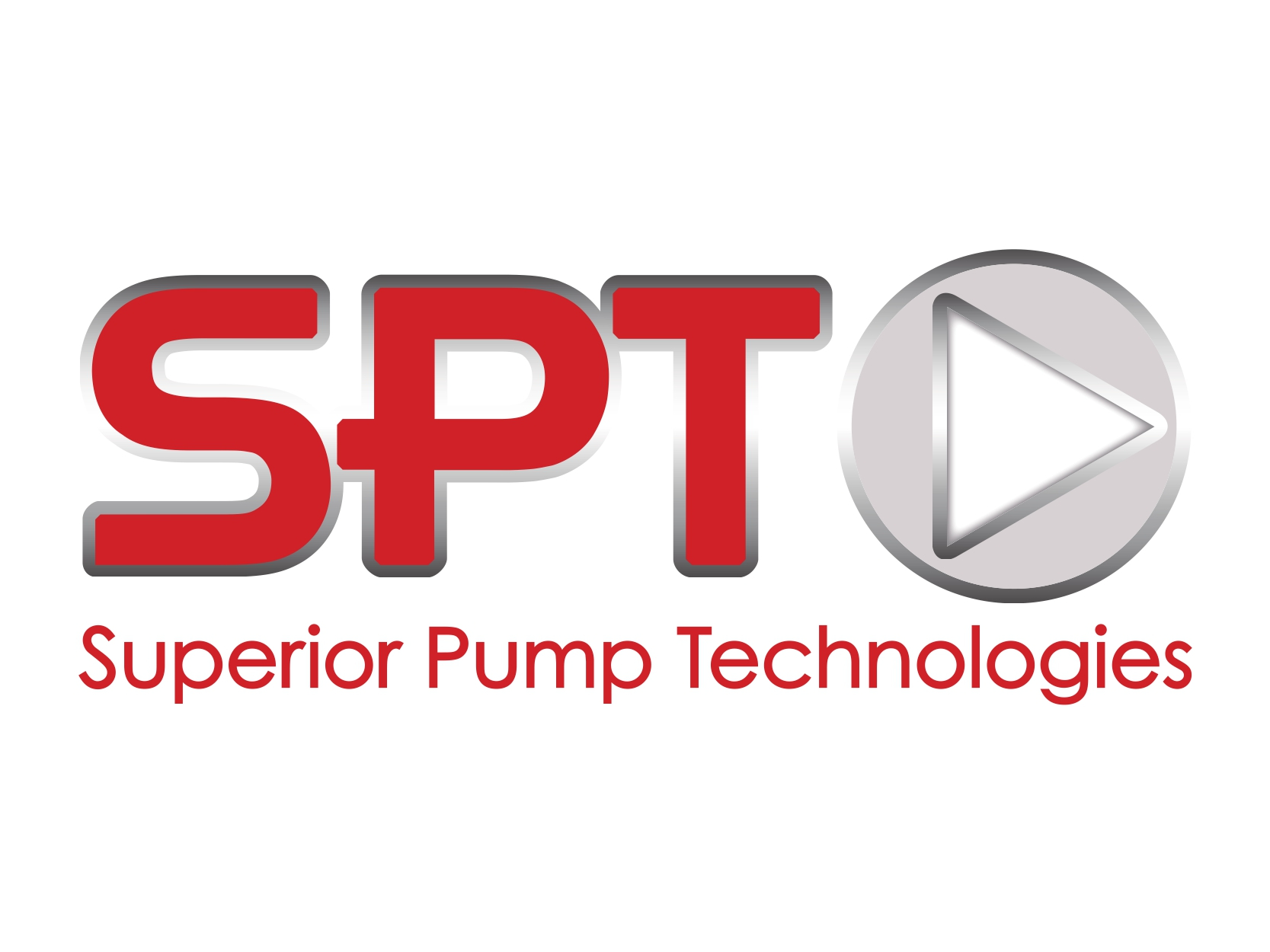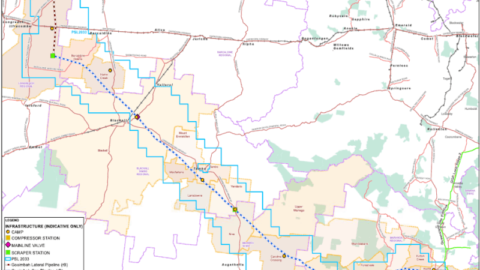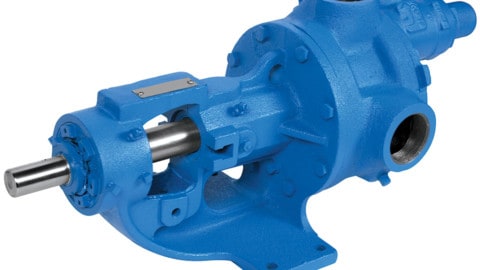The pump industry relies on expertise from a large and varied range of specialists, from experts in particular pump types to those with an intimate understanding of pump reliability; and from researchers who delve into the particulars of pump curves to experts in pump efficiency. To draw upon the wealth of expert knowledge the Australian pump industry has to offer, Pump Industry has established a panel of experts to answer all your pumping questions.
 Progressive cavity pumps
Progressive cavity pumps
Our progressive cavity pump expert is Peter Vila, Managing Director of Seepex Australia. Peter has been involved with pumps for 35 years. He spent the first five years repairing them and the subsequent 30 years directly in technical sales, and for the past 15 years he has been predominately involved with seepex progressive cavity pumps.
We don’t seem to hear a great deal about progressive cavity pumps being used for applications within the oil and gas sector. Is this because they are not particularly suited to oil and gas duties?
Actually, the complete opposite is the case, with many oil and gas duties being successfully met by a vast array of progressive cavity (PC) pump models. Applying PC pump technology correctly to the application is crucial for reliable in-service performance. Care must be taken to understand the needs of particular applications, in order to apply correct designs, within what are typically complex systems. Understanding how different equipment interacts can be the difference between failure and success.
In addition to highlighting examples of typical PC pump applications within the oil and gas sector, here is a summary of some key considerations when contemplating the use of progressive cavity pumps for these applications.
Low shear
Gentle low-shear pumping action. Oil and water mixtures generally must be transported with minimal damage to the oil droplet size, to minimize risk of creating emulsions that are difficult to separate. The Society of Petroleum Engineers (SPE) paper 18204 confirms that progressive cavity pumps are the best pump technology for oil/water separation.
Self-priming and no gas locking
Excellent self-priming characteristics and suction lift capabilities, even on gaseous liquids, up to 9m (29.5ft.).
Handling of multi-phase products
Oil, water and gas can be transported reliably by uniquely configured progressive cavity pumps, with control systems to deal with variable flow requirements. PC pumps can be configured to handle up to 99 per cent gas content.
Solids handling
Progressive cavity pumps handle products with entrained solids. Drill cuttings and sand, for example, are handled with low internal velocities.
Low NPSH requirements
The NPSH requirement of progressive cavity pumps can be as low as 0.3m (0.98ft.). This is ideal for liquids with elevated temperatures and high vapour pressures.
Viscosity is not a limitation
From low viscosity condensates to heavily dewatered, oily sludge cake, progressive cavity pumps can handle the challenge. With open hopper designs, non-flowable products are efficiently fed into the rotor/stator pumping elements.
Stable and variable flow
Progressive cavity pumps deliver accurate metered flow with every revolution of the rotor. Flow rate variation is minimal, even across broad pressure ranges. Flow rates are directly proportional to pump speed.
Low pulsation
The flow from a progressive cavity pump has minimal pulsation, so there is no need for pulsation dampeners.
Versatile
Integration of progressive cavity pumps is generally quite easy – they can be installed horizontally, vertically, in a can or fully submerged, to fit virtually any available space. Also, depending upon the process requirements, pump flow is reversible.

Progressive cavity pumps have a wide range of applications across the oil and gas industry.
High pressures
Progressive cavity pumps can have uniquely special universal-joint construction, meaning they can easily handle suction pressures up to 150 bar (2175 psi) with both pin and cardan-type universal joints.
In summary, progressive cavity pumps can transport thin to highly viscous products with or without solids, at low to high temperatures, pumping gently and with minimal pulsation. They also feature excellent metering accuracy and can easily pump media such as produced water and chemical additives. Most progressive cavity pump manufacturers should be able to offer pumps which are engineered to meet the requirements of API 676. SEEPEX is certainly one of these manufacturers, having built progressive cavity pumps according to API 676 for more than 40 years.
For more information on progressive cavity pumps, please contact SEEPEX Australia (02) 4355 4500 or [email protected]

















